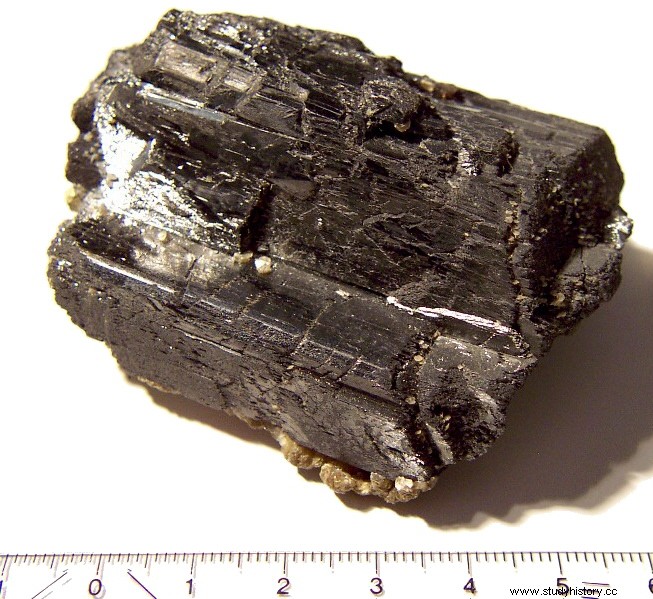Account Juan Eslava Galán , in his book « The years of fear «, An anecdote of a Galician countryman who was preparing the tools to go out to mow the hay, when a luxurious car arrived at the door of his house. Two merchants from the region and a man dressed in an elegant coat and a brimmed hat got out.
The traffickers, acquaintances of the countryman, approach him and tell him that the gentleman - for more information, German - wants to buy his house from him. Before the countryman sends them "to hell", they tell him:
But only the walls. He takes the stones and you have the site to build another house. He pays you 20,000 reais. With this money you can build another bigger house and you have half left over.
The farmer doesn't see it clearly, it can't be that someone offers me so much money for some stones. It is worth that they have a special shine when the sun shines on them, but there are kicks. In the end the traffickers manage to convince him. After a few days, the German arrives with the money and the gang that accompanies him demolishes the house and loads the stones onto trucks.
The particularity of the stones with which the countryman had built his house was that they had a high content of wolfram, also called tungsten . The Germans used it to armor the nose of anti-tank shells and the armor of panzers. Thus, the Germans began to buy the scarce and precious mineral from Galicia.

When the allies entered the market, tungsten prices skyrocketed, reaching 243 pesetas per kilogram. Anything the Allies could acquire would not reach the Germans. To date, the most important tungsten mine in the country and the third in Europe in terms of production is in Los Santos (Salamanca).
